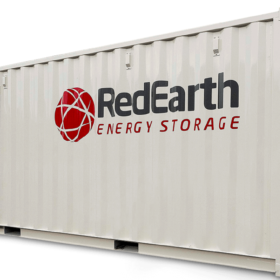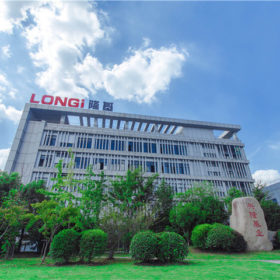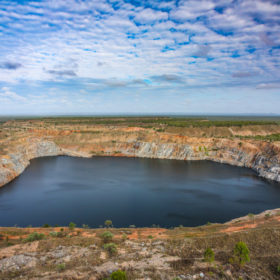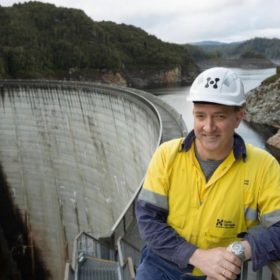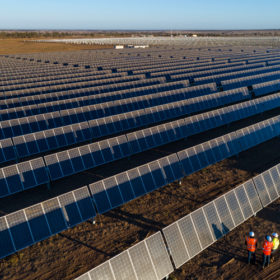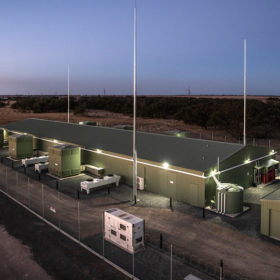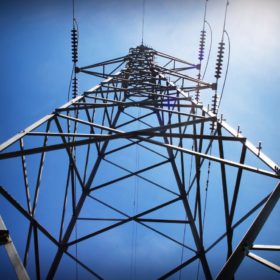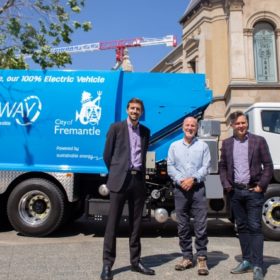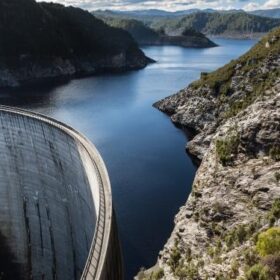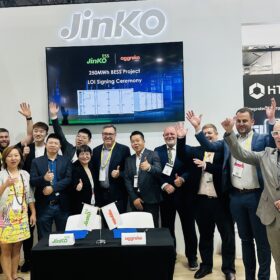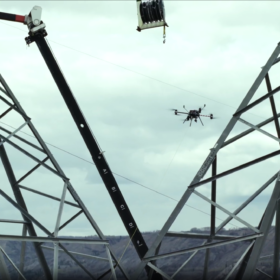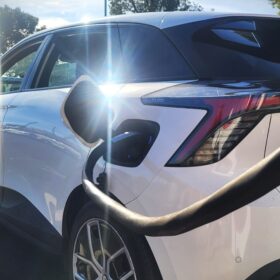RedEarth partners with Siemens on new modular battery
Australian manufacturer RedEarth has announced a new energy storage system for the Australian commercial and industrial market using technology from the global engineering and technology company, Siemens.
Another 5 GW of module capacity for the Longi juggernaut
The mono giant has announced the latest aspect of a strategy to massively increase production capacity which is currently set to cost around $3.32 billion. Longi last week issued $710 million of new convertible bonds for investors.
Kidston solar-pumped hydro project stalls as funding falls through
Genex Power has failed to lock in a previously announced offtake agreement with EnergyAustralia for its landmark Kidston hub in northern Queensland and requested a trading halt with the ASX on their securities.
Tasmania firms its ambitions of becoming Battery of the Nation
Hydro Tasmania has released a white paper pushing the island state’s claims to become the Battery of the Nation via upgrades to the Victoria-Tasmania interconnector, an effort to unblock the backlog of solar and wind.
Adani opens 65 MW Queensland solar farm, puts further investment on hold
While it seeks to build one of Australia’s biggest coal mines, Adani has grown more cautious on solar investment after suffering connection delays on its first renewables project in Australia.
Massive AGL deal set to push Australia into the battery age
AGL, Australia’s biggest power producer, has inked a deal that will see the development of four large-scale batteries in NSW. The agreement is an attempt to secure against fluctuating prices during peak periods.
Federal Government allocates $1 billion to boost grid reliability
The Morrison government has extended an extra $1 billion to the Clean Energy Finance Corporation to invest in energy storage projects, transmission and distribution infrastructure and grid stabilizing technologies.
Sydney Opera House sets itself apart again, this time for its sustainability practices
The Sydney Opera House has become Australia’s first major arts institution to commit to the United Nations Sustainable Development Goals, it is but another step the famous landmark is making as a standout in sustainability.
Meet EVie, Fremantle’s new electric rubbish truck
The City of Fremantle is not shy of trying something new and sustainable. Freo’s latest experiment, an EV rubbish truck called EVie that will rumble, or hum rather, along the streets for the next month.
Governments back NSW-Qld power line upgrade
The Federal and the New South Wales governments will jointly contribute $102 million to increase the capacity of an existing interconnector between New South Wales and Queensland in the run-up to the planned closure of the Liddel coal generator in 2023.
